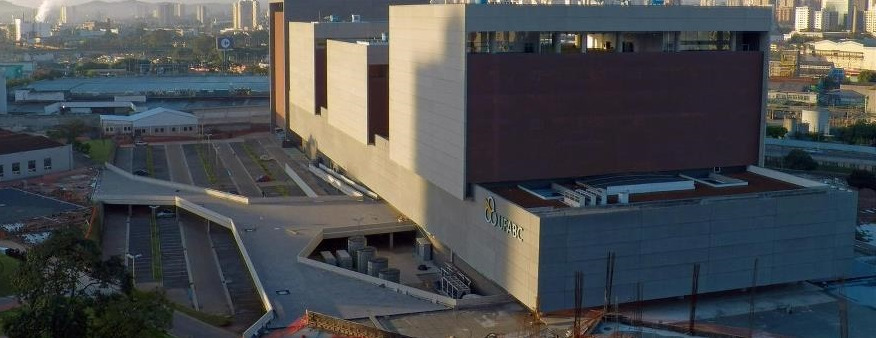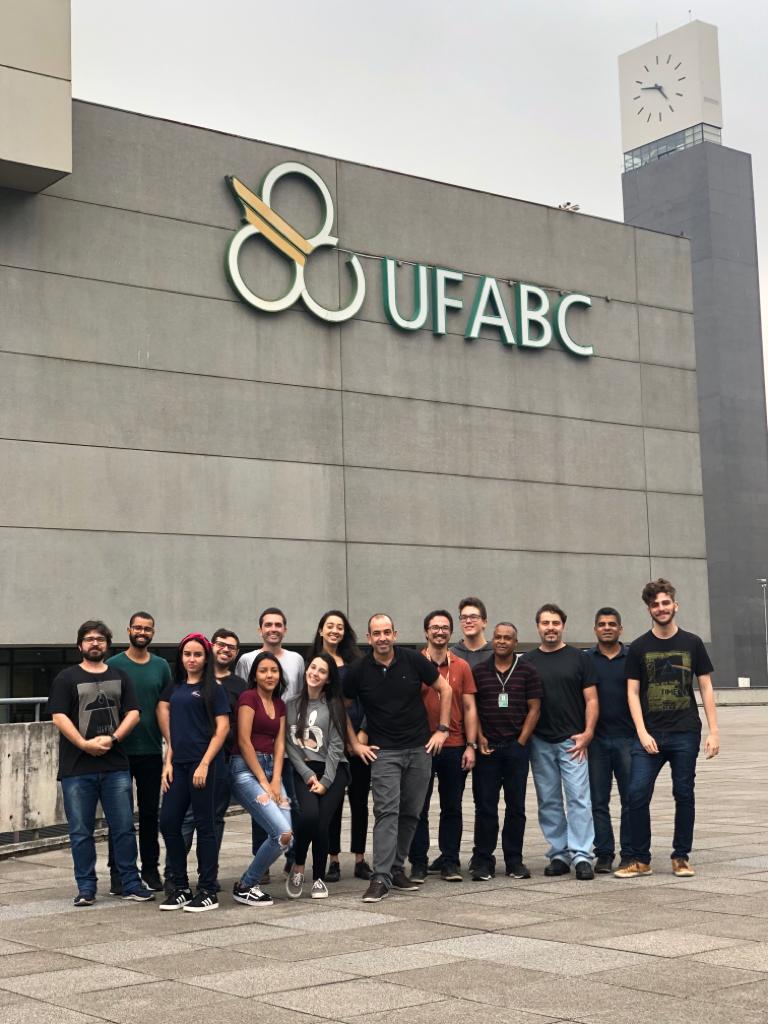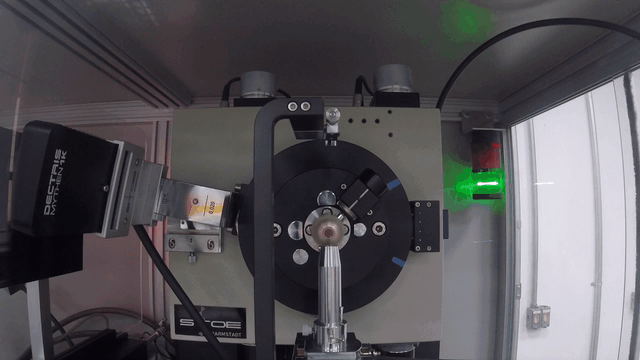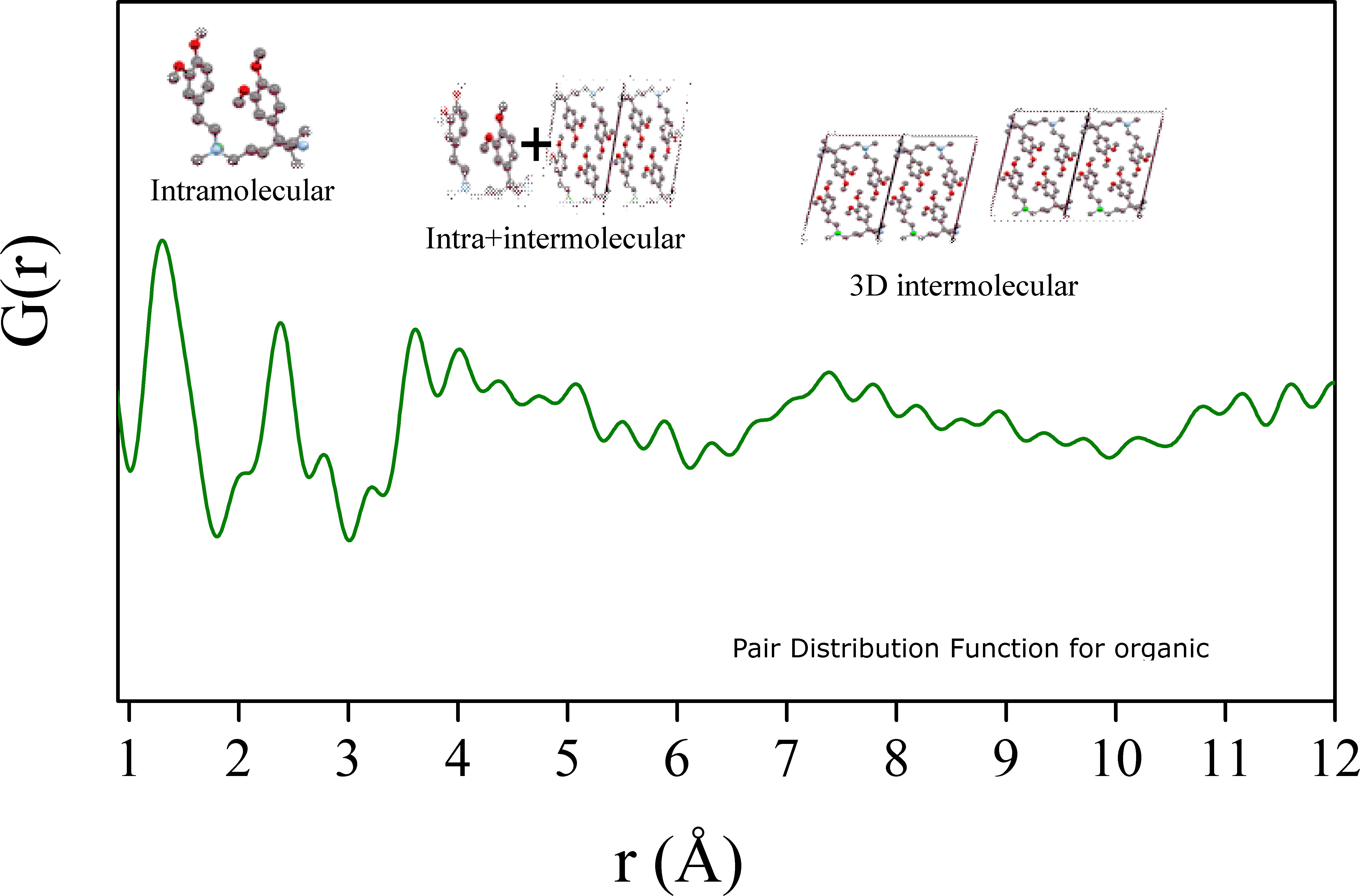Extensions
Authentication
The authentication plugins operate when users login to your site or administrator. The Joomla! authentication is in operation by default but you can enable Gmail or LDAP or install a plugin for a different system. An example is included that may be used to create a new authentication plugin.
Default on:
- Joomla
Default off:
- Gmail
- LDAP
Banner Module
The banner module is used to display the banners that are managed by the banners component in the site administrator. Help.
Contacts
The contact component provides a way to provide contact forms and information for your site or to create a complex directory that can be used for many different purposes. Help
Content
The content component (com_content) is what you use to write articles. It is extremely flexible and has the largest number of built in views. Articles can be created an edited from the front end, making content the easiest component to use to create your site content. Help
Custom HTML Module
This Module allows you to create your own HTML Module using a WYSIWYG editor.Help
Subcategorias
Components
![]() Components are larger extensions that produce the major content for your site. Each component has one or more "views" that control how content is displayed.In the Joomla! administrator there are additional extensions suce as Menus, Redirection, and the extension managers.
Components are larger extensions that produce the major content for your site. Each component has one or more "views" that control how content is displayed.In the Joomla! administrator there are additional extensions suce as Menus, Redirection, and the extension managers.
Modules
![]() Modules are small blocks of content that can be displayed in positions on a web page. The menus on this site are displayed in modules. The core of Joomla! includes 17 separate modules ranging from login to search to random images. Each module has a name that starts mod_ but when it displays it has a title. In the descriptions in this section, the titles are the same as the names.
Modules are small blocks of content that can be displayed in positions on a web page. The menus on this site are displayed in modules. The core of Joomla! includes 17 separate modules ranging from login to search to random images. Each module has a name that starts mod_ but when it displays it has a title. In the descriptions in this section, the titles are the same as the names.
Laboratório de Cristalografia e Caracterização Estrutural de Materiais.
LCCEM/CCNH/UFABC - Av. dos Estados, 5001, bairro Santa Terezinha, Santo André, SP, CEP: 09210-580, Brasil.





